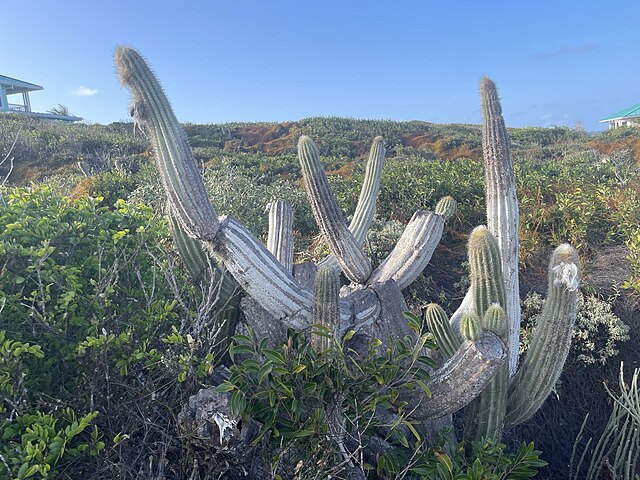A cactus variety in the United States, Pilosocereus millspaughii, has fallen victim to climate change, specifically rising sea levels. Once a widespread sight, it can no longer be seen in the wild locally, according to a study published on Tuesday.
The cactus, capable of growing up to six metres, can still be found in the wild in parts of the Caribbean, including Cuba and the Bahamas, but not in Key Largo, Florida, its only US habitat.
Natural climate shifts have resulted in this cactus, native to the US, becoming extinct. Saltwater intrusion and soil erosion, both brought about by hurricanes, are identified as key drivers of this extinction by researchers at the Florida Museum of Natural History and Miami’s Fairchild Tropical Botanic Garden.
Jennifer Possley, co-author of the study, warns that the fate of this cactus species may indicate how other coastal plants at low altitudes will respond to climate change.
The cactus thrived in limestone soils, surrounded by mangroves, but erosion has impacted its habitat. Soil sampled from where previously thriving examples once grew showed higher salt levels than that beneath surviving cactuses, the study found, revealing a clear link between high salinity and plant death.
In 2017, Florida was hit by the powerful Hurricane Irma, followed by several months of flooding in 2019. By 2021, only six of the 150 plants counted in the past remained.
Researchers made efforts to save them by replanting them in greenhouses or protected outdoor areas, and over a thousand seeds were successfully saved.

